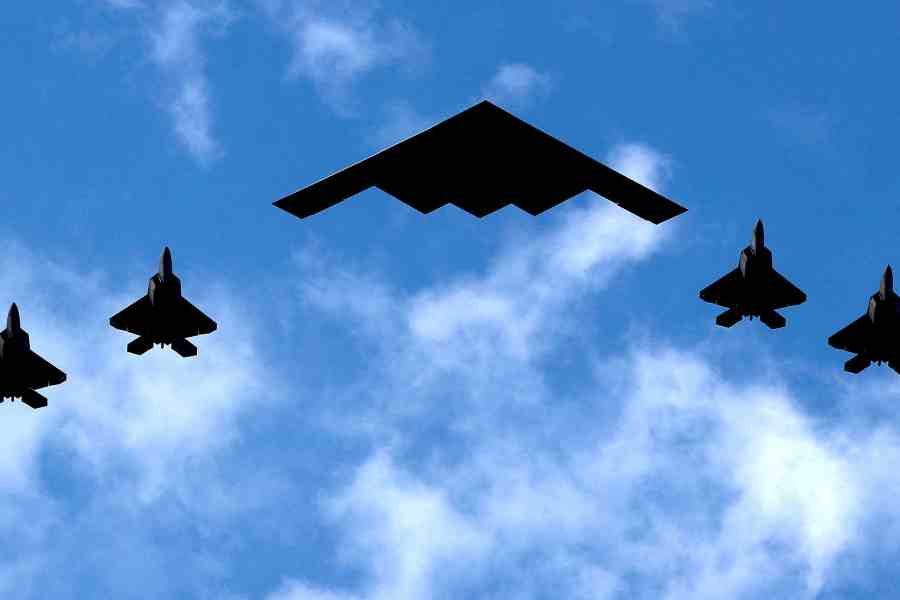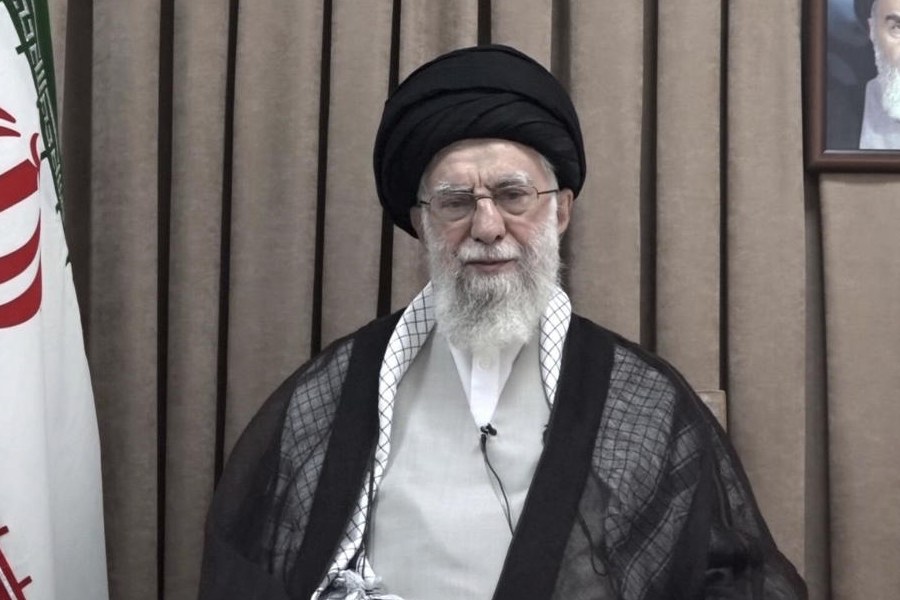
Kohima, Jan. 16: Various organisations across Nagaland and Myanmar are protesting against the fencing of the India-Myanmar border in Nagaland's Tuensang district.
They allege that the fence would create a barrier between the Naga people living in the two countries.
The fencing had begun last month from border pillars 145 to 146 at Pangsha village under Noklak subdivision.
India and Myanmar share interlocked lands, which have been witnessing joint economic activities between farmers and traders across the border Nagaland shares a 215-km border with Myanmar.
A team of Eastern Nagaland People's Organisation met central officials and alleged that Myanmar had started fencing the border without consulting the government of India. But Naga organisations here said it was a joint effort of India and Myanmar.
"We cannot allow the barrier to separate Naga people," said Akum Khiamiungan from Noklak. He said the Khiamiungan people have been living in both the countries for centuries. Naga communities like Konyak, Khianmiungan, Pochury and Tangkhul (Manipur) live in the two countries. The Naga Hoho, which is spearheading the protest against the fencing, said it was a violation of human rights. It said fencing in the heart of Pangsha was an attempt by India and Myanmar to rewrite the history of Nagas.
Hoho president Chuba Ozukum said they had issued a statement against the border fencing but were yet to write to the governments of India and Myanmar. The groups have sought the intervention of international communities.
The United Naga Council of Manipur has also opposed the fencing.
The boundary between India and Myanmar passes across Longwa village in Mon district, dividing the angh (chief)'s house into two. With a half of Longwa in Myanmar, some villagers have their kitchens in Myanmar and bedrooms in India. "How will they fence the village? asked Wangao Konyak from Mon town.
The fencing will seal off over 3,500 acres of land in the Pangsha area. "Half of our cultivable land will be sealed inside Myanmar," said Pashan Khiamniungan, a resident of Kohima town.
"We have seen the life in villages in Myanmar and it will be inhumane to divide them from their families and lands," said Naga Mothers' Association adviser Rosemary Dzuvichu, adding that they would write to the Centre.
A state government spokesperson said the project would hinder the Centre's plan of border trade between the two countries and the Act East policy. The Centre has opened international trade centres at Pangsha, Longwa and Avangkhu in Meluri sub-division in Phek district.
The sole purpose of fencing the border was to check the movement of militants who have camps in Myanmar.
The NSCN (Isak-Muivah), NSCN (K) and other rebel Naga factions as well as Naga organisations in Myanmar have opposed the fencing.
The chief minister's office today said the state government had objected to the border fencing but had urged the Centre to develop the border areas. The chief minister's spokesperson, Sebastian Zumvu, said chief minister T.R. Zeliang had written to the Centre to develop infrastructure to deter militants from making these far-flung areas their headquarters and camps. He also said fencing would hinder trade.











